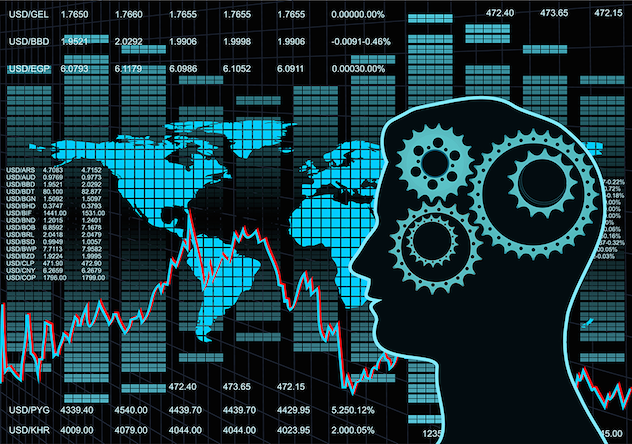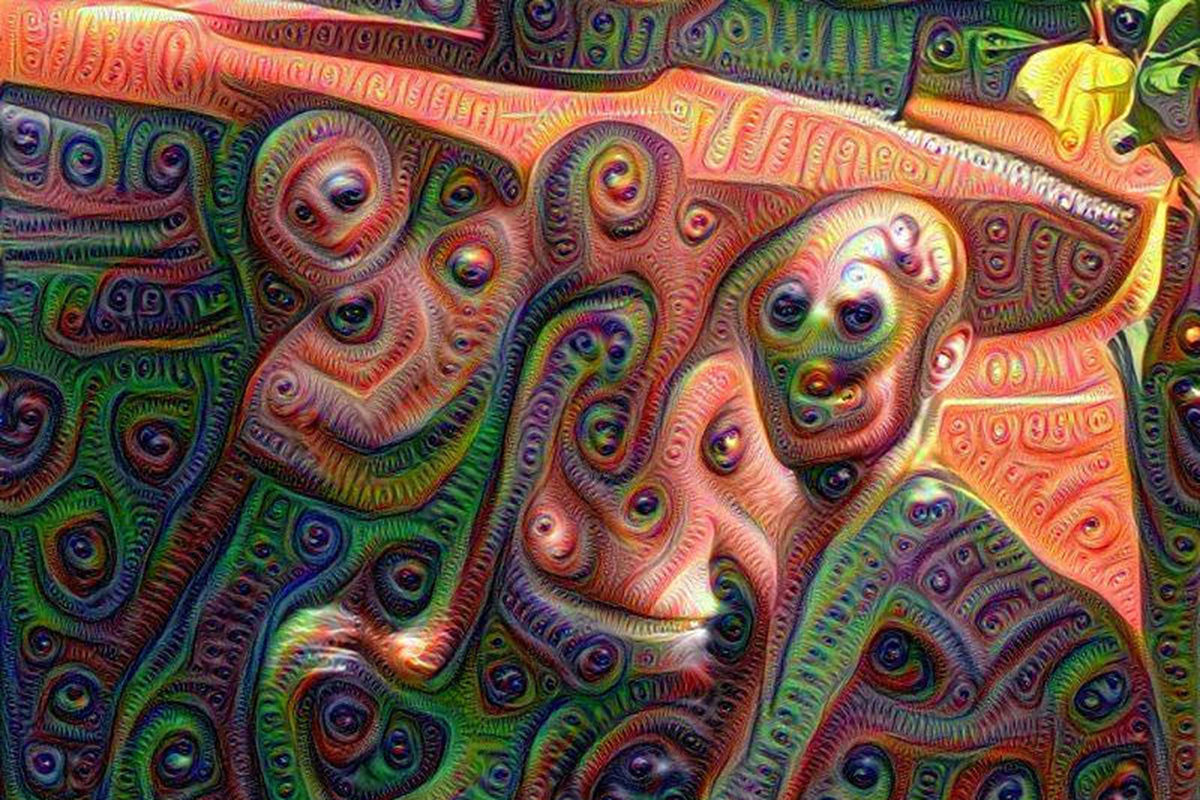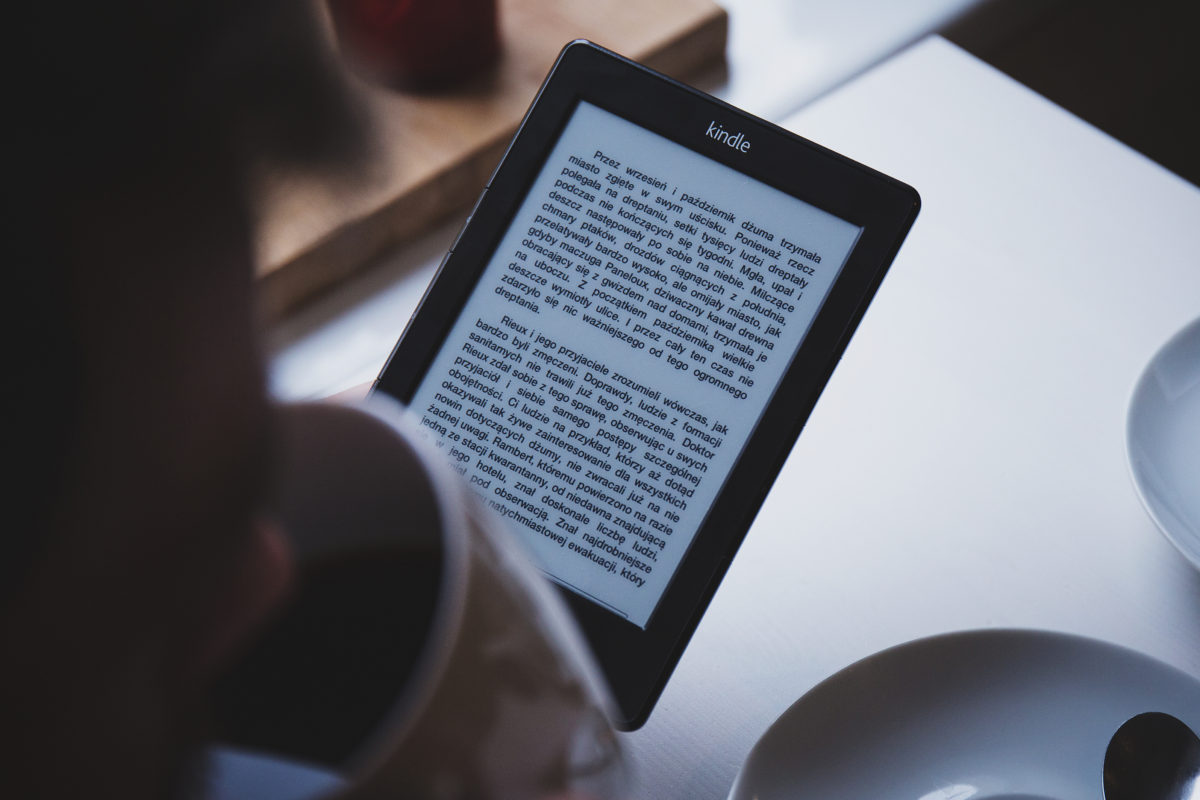Michael Porter, professor at Havard Business School, is of course a widely acknowledged business strategist. Not rarely did we come across his philosophies in our books, is he cited in studies or are whole businesses based on his theories. In this blog I am going to argue that the assumptions on which these theories are based are no longer valid and that a new way of thinking about business is in place.
Let us start with a little history about business strategy. One of the first accepted business strategy theories came from Bruce Henderson, the founder of BCG. He stated that by concentrating a large mass against a weakness a competitive advantage could be achieved. Basically by overwhelming the ‘enemy’ while making use of economies of scale. It was the introduction of incorporating military strategies into doing business. Porter partially agreed to this theory and improved it by adding the idea of the value chain. Companies could not be seen as one entity but as a sequence of steps, getting from a raw material to a finished product. So while trying to create a large mass, the efficiency and costs of these steps where critical in achieving a competitive advantage.
One of the biggest aspects of a value chain are the transaction costs, consisting mainly of the costs of processing information and the costs of communication. As we all know, the costs of both aspects have tremendously decreased since the increase in computing power and the rise of the internet. Because of this change it is more difficult to achieve a competitive advantage within a companies’ value chain. Companies started to break up the value chain or started to ‘attack’ other companies at certain steps within their value chain. For example, the way encyclopedias were sold. Most of the costs went to the salesman, but when the CD-ROM and the internet entered our world it became much cheaper to sell and distribute them. An even more interesting change in the value chain of encyclopedias is actually the way they are produced. When we entered the Web. 2.0 era, it turned out that thousands of people could make the whole production layer of the value chain of conventional encyclopedia’s obsolete. Obviously, I am referring to Wikipedia. 
Figure 1: Value chains become dynamic.

Figure 2: Phases of the ‘digital revolution’
Right now, as we are entering the third information era Web 3.0, another revision of business strategy is needed. More and more devices are connected to the internet and all these devices gather data. This results in an enormous growth of the amount of data that is available now. When studied in combination with data from different devices and places, new patterns and discoveries are waiting for us. To get an idea of the impact this could have, you can think of for example the mapping of a human genome. In the year 2000 the first human genome was mapped and it took researchers 200 million dollar and ten years to do. The cost of doing this in 2017 is expected to drop below $100, – in a fraction of the time, which opens up the possibility for this technology to go commercial. Every doctor will map your genome to take lessons from it. When all this genome data is combined with the information from devices like medical sensors in hospitals or our phones, opportunities open up to do discoveries and find patterns that are unprecedented.
Figure 3. World’s stock of data
But, there is a problem here. Different institutions, corporations and organizations need to access each other’s information in order to leverage the potential of all this data and create new businesses from it. However, for many organizations today, data is where companies are still getting their competitive advantage from. It looks like this unstoppable improvement of technology is driving the way we think about doing business away, and with that the conventional way in which business strategy is formulated.
Transaction costs are diminishing that essentially held businesses together, value chains are changing drastically like in the Wikipedia example and it looks like leveraging the potential of sharing information across companies and institutions is becoming the new way of getting a competitive advantage. I have no clue to what form of doing business we are heading, but I do know that we live in a different time then when Porter formulated his theory and we are going to have a very exciting transformation.
Joep Beliën
This blog is a summary and own interpretation of a TED talk of Philip Evans: How data will transform business.
National Human Genome Research Institute (NHGRI). (2016). DNA Sequencing Costs: Data. [online] Available at: https://www.genome.gov/sequencingcostsdata/ [Accessed 6 Oct. 2016].
SEIER CAPITAL. (2016). How Big Data Could Change Your Business Strategy – SEIER CAPITAL. [online] Available at: http://www.seiercapital.com/disruptive-business-how-big-data-could-change-your-business-strategy/ [Accessed 6 Oct. 2016].
McGuire, T., Manyika, J. and Chui, M. (2016). Why Big Data is the new competitive advantage •. [online] Iveybusinessjournal.com. Available at: http://iveybusinessjournal.com/publication/why-big-data-is-the-new-competitive-advantage/ [Accessed 6 Oct. 2016].
TED, (2015). How Data Will Transform Business. [ video] Available at: http://www.ted.com/talks/philip_evans_how_data_will_transform_business [Accessed 5 Oct. 2016].











